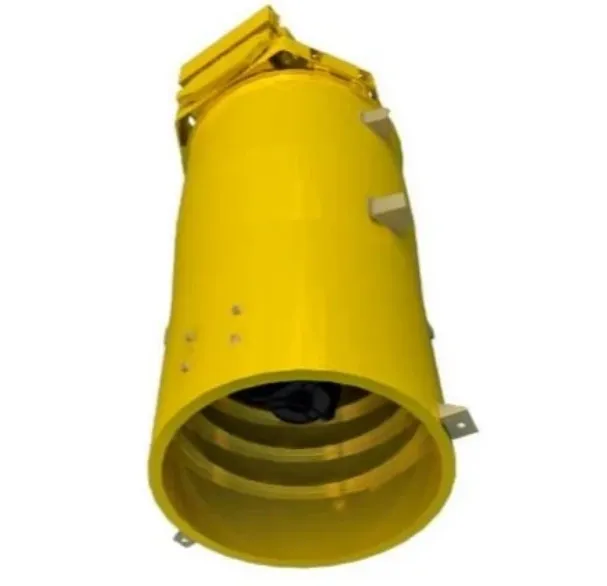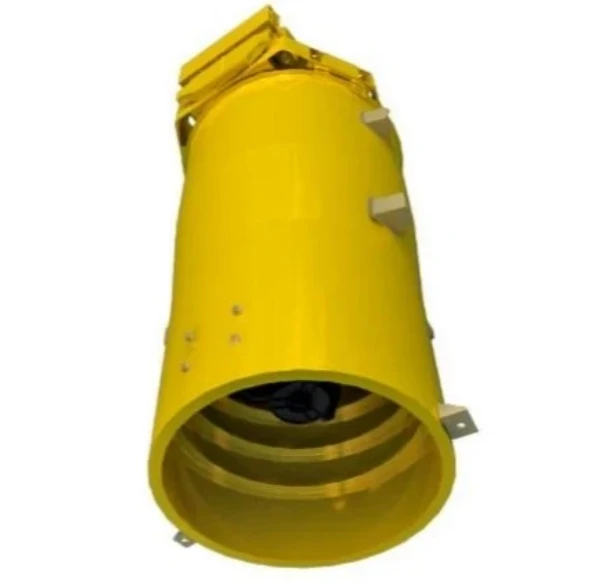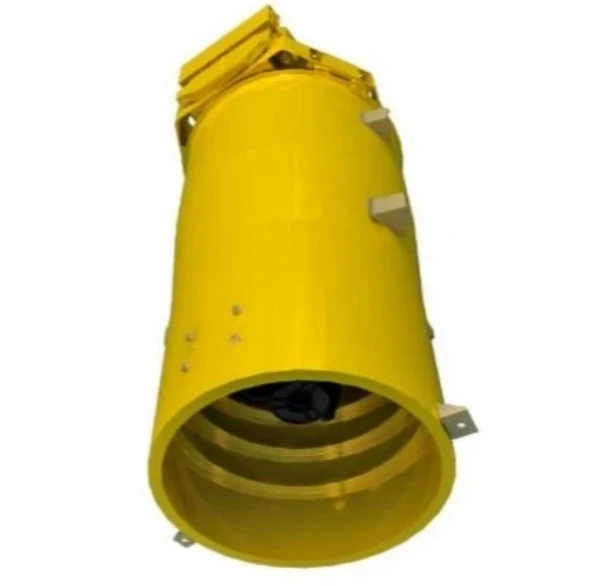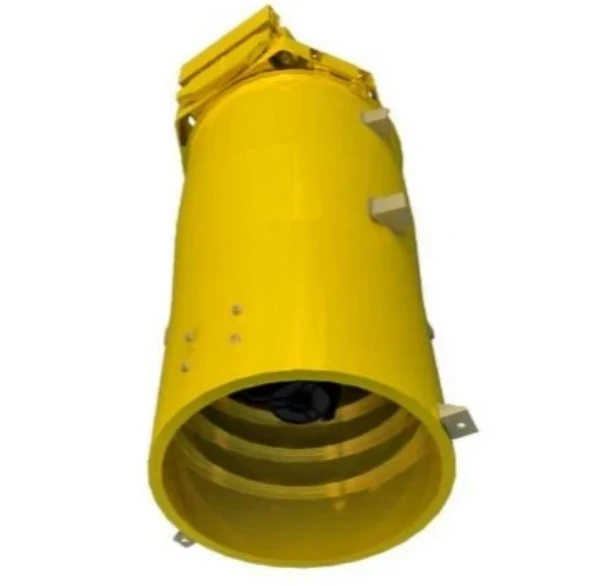
- африканський
- албанець
- амхарська
- арабська
- вірменський
- Азербайджанська
- Баскська
- білоруська
- Бенгальська
- боснійський
- Болгарська
- каталонська
- Себуано
- Китай
- Корсиканець
- Хорватська
- чеська
- датська
- голландська
- англійська
- Есперанто
- Естонська
- фінська
- французька
- фризька
- галицький
- грузинський
- Німецький
- грецька
- Гуджараті
- Гаїтянська креольська
- Хауса
- гавайський
- іврит
- немає
- Мяо
- угорська
- ісландська
- ігбо
- індонезійська
- ірландський
- італійська
- Японський
- яванський
- каннада
- казахська
- кхмерська
- Руанда
- корейська
- курдська
- киргизький
- праці
- латинь
- латиська
- литовський
- люксембурзький
- македонська
- малагасійська
- малайська
- малаялам
- мальтійська
- Маорі
- маратхі
- монгольська
- М'янма
- непальська
- норвезька
- норвезька
- Окситанська
- пушту
- перська
- польський
- португальська
- Пенджабі
- румунська
- російська
- Самоанська
- Шотландська гельська
- сербська
- англійська
- Шона
- Сіндхі
- сингальська
- словацький
- словенська
- сомалі
- Іспанська
- Сунданська
- Суахілі
- шведська
- тагальська
- таджицька
- тамільська
- татарський
- Телугу
- тайська
- турецька
- туркменський
- українська
- урду
- уйгурський
- узбецький
- в'єтнамська
- Валлійська
- Довідка
- ідиш
- йоруба
- Зулу
Driving Industrial Innovation with High Resolution Cameras
In the age of Industry 4.0, the integration of vision-based technologies into automated production lines is reshaping the way industries ensure quality and efficiency. At the heart of these advancements lies the high resolution camera, a powerful tool that provides unmatched image clarity, enabling precise inspections, measurements, and automated decisions.

Whether deployed in electronics manufacturing, pharmaceutical production, or automotive assembly, роздільна здатність камери plays a pivotal role in identifying defects, verifying dimensions, and maintaining consistency across large-scale operations.
Why Camera Resolution Matters in Manufacturing
In industrial environments, even the smallest imperfection can lead to costly recalls or operational failure. A high resolution industrial camera captures images with exceptional detail, enabling detection of minute flaws such as hairline cracks, incorrect labeling, misaligned parts, or micro-contamination.
Compared to standard cameras, a high MP camera—which offers more megapixels—provides significantly sharper images, making it ideal for use in quality control systems and robotic guidance applications. High pixel density ensures accurate analysis even at high speeds, reducing false positives and increasing throughput.
By improving image quality and allowing for fine-grained analysis, a high resolution camera directly enhances the reliability of machine vision systems and supports real-time data-driven decisions.
Intelligent Thermal and IR Monitoring
Temperature plays a vital role in many industrial processes, from metal casting to electronics manufacturing. High resolution thermal cameras are used to monitor heat distribution across machines, electrical panels, and production lines. These cameras detect early signs of overheating, poor insulation, or energy inefficiencies, allowing proactive maintenance and reducing downtime.
In environments with low visibility or hazardous conditions, a high resolution infrared camera or high resolution IR camera allows continuous monitoring without human presence. These cameras visualize heat signatures and movement patterns, contributing to safer operations in fields like chemical processing or mining.
Advanced systems combine both high resolution thermal cameras and high resolution IR cameras, ensuring comprehensive environmental awareness and equipment diagnostics.
Enabling Smart Factory Automation
Modern smart factories rely heavily on vision-based systems. A high resolution camera mounted on robotic arms or conveyor lines assists in part recognition, barcode reading, alignment checking, and pick-and-place accuracy. Whether assembling microchips or packaging consumer goods, vision-guided automation ensures efficiency and reduces human error.
When combined with AI-powered software, high definition cameras help classify products, detect irregularities, and sort materials in real time. The clarity and depth provided by a high MP camera allow for seamless integration into intelligent manufacturing ecosystems.
Security and Traceability in Industrial Settings
In addition to production monitoring, ultra high resolution security cameras are deployed across manufacturing facilities to safeguard personnel, equipment, and intellectual property. These cameras provide real-time footage and high-detail recording capabilities, essential for auditing, incident investigation, and asset protection.
They also support facial recognition and badge authentication systems, improving access control and workplace safety. High definition cameras installed throughout facilities contribute to a secure and transparent operational environment.
From precision manufacturing to intelligent monitoring, the high resolution camera has become a fundamental asset in industrial automation. Whether through high resolution industrial cameras, high resolution thermal cameras, or high MP cameras, businesses can now inspect, analyze, and optimize with a level of clarity that was previously impossible.
As industries continue to pursue smarter, safer, and more efficient operations, the role of роздільна здатність камери will only grow more critical. Adopting these imaging solutions not only ensures product quality and operational excellence—it sets the foundation for long-term innovation.











